The Infamous Isla Refinery of Curaçao
In the early 20th century, oil was discovered off the coast of Venezuela. And Curaçao was the perfect location for Royal Dutch Shell to capitalize on the new black gold, thanks to the Schottegat: a large natural harbor capable of handling massive barges and tankers. After the 1915 opening of the Isla Refinery, life on the island would never be the same.

The number one complaint tourists make about Curaçao is the existence of the refinery, which belches smoke into the sky on a non-stop basis, and can be smelled all across Willemstad. Smelled and seen. During our first night in Curaçao, we were sitting outside at a bar along the Sint Anna Bay, and noticed what looked to be a raging fire on the horizon. Soon enough, we realized the flames were emanating from the refinery. It was kind of a shock.
The refinery is an ecological nightmare. It’s been cranking out poison for decades, way before people started to care about things like climate change and pollution. One by-product of the refinery is the so-called “Asphalt Lake”: an entire section of the Schottegat where the water has become so polluted with waste, that it’s congealed into asphalt.
In 1985, Shell realized that, sooner or later, people were going to start demanding a clean-up. So, the company sold off the entire refinery to the government of Curaçao for the symbolic price of one guilder. It looked like an act of benevolence, but explicit in the terms of the sale was a clause releasing Shell of all future responsibility.
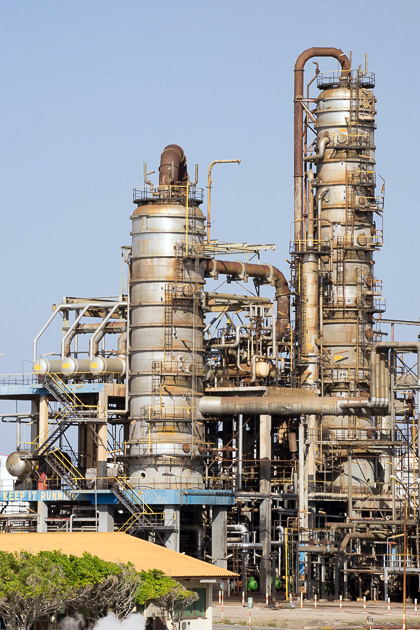
Nowadays, it’s easy to heap scorn upon the refinery. It’s ugly and loud, it stinks, and it’s killing the environment. And that’s all true! But as always, there’s another side to the story.
Before the arrival of Shell, Curaçao was an economic backwater, an arid island where produce barely grew and people struggled mightily to get by. The discovery of oil and the establishment of the refinery improved life on the island in a million different ways. Suddenly, there were jobs — a lot of them, and they payed well. Slavery had been abolished for 50 years, but black people were still toiling under a stubbornly racist labor system. Now, though, they didn’t need the plantations. There was a new kind of life possible, living in the city and working at the refinery.
After 1915, regular Curaçaoans found themselves with real money. Coastal towns in Venezuela began to look at Curaçao as their “rich” neighbor to the north, and the Floating Market was established. And Shell did a lot of good work for the country, sharing the wealth by building schools and roads. Without the big, ugly, death-spewing refinery, life in Curaçao wouldn’t be nearly the same as it is today.
But Shell is long gone, and among the Curaçaoans we’ve spoken to, there’s a feeling among most (though not all) of them that it’s time to bid the refinery adieu. The plant is not nearly as lucrative for the island as it once was, and tourism — which has become a more profitable industry — suffers because of it. The most prominent anti-refinery group is Stichting SMOC, which has been fighting for its closure for years.
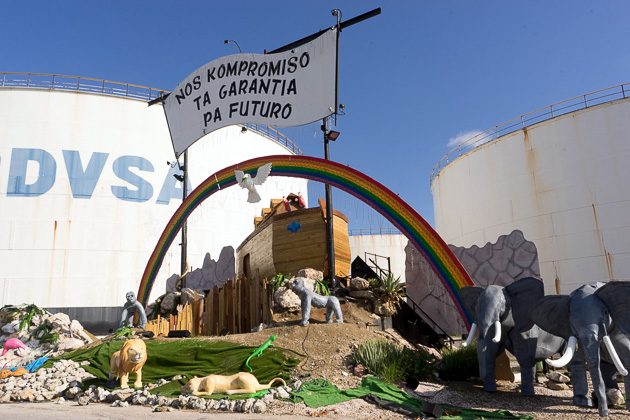
While we appreciate the history of the refinery, and understand that it’s done a lot of good, we think that the sooner Curaçao shuts it down, the better. Just for the air quality, alone! And when you consider all the space it would free up for the city, to say nothing of the Schottegat — an incredible natural resource which could be truly beautiful — it’s baffling that the government hasn’t already set plans into motion. They’ll have a chance soon; the current lease on the refinery runs out in 2019. It will be interesting to see what happens.

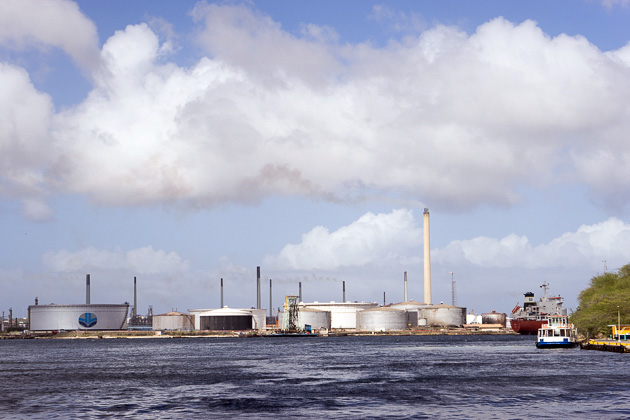
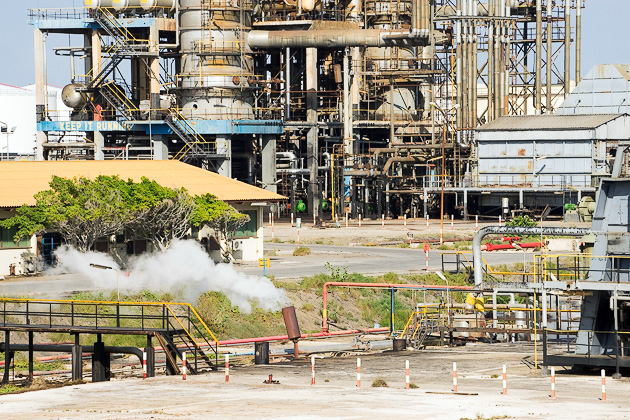
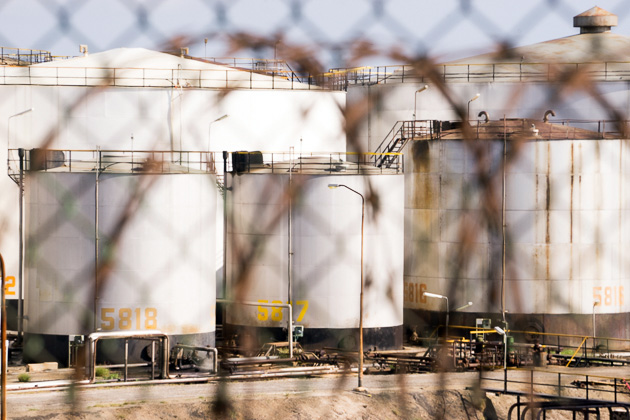
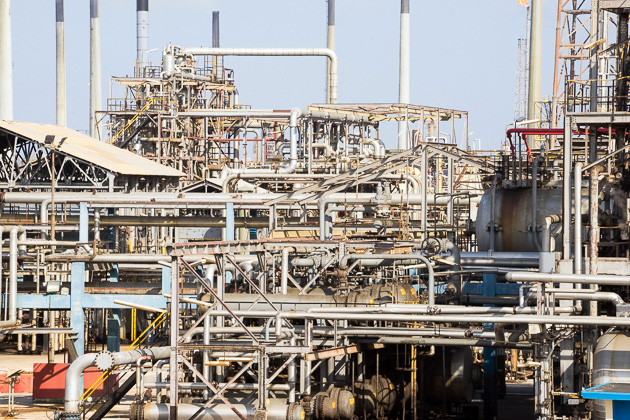
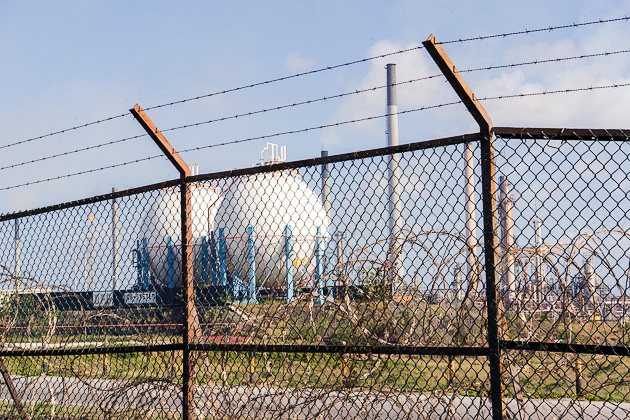

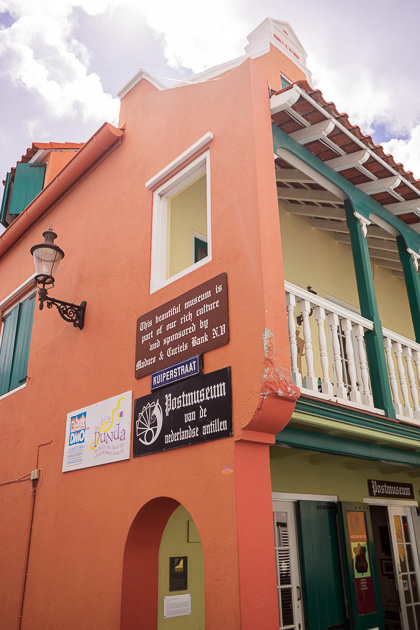
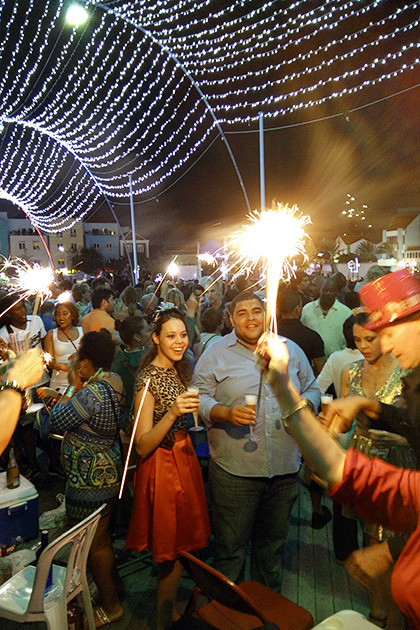
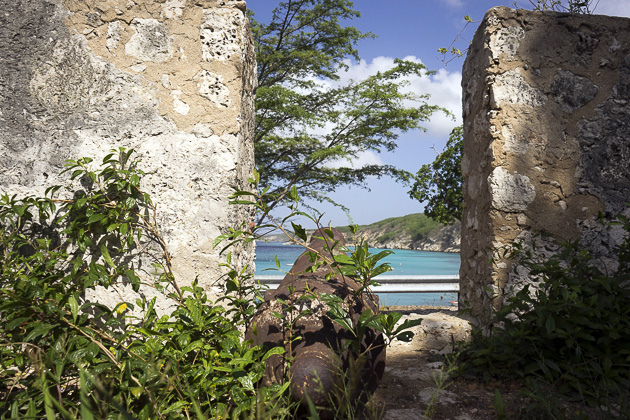

Pingback: And my this years Platinvouchers go to: CUR! - Seite 4
In the late 1970’s the environmental and health impacts of the refinery became clear. Together with the low oil prices and losses Shell made on the refinery, Shell first and foremost proposed to close the refinery and clean up the site.
Only after this was rejected by the Curacao government, as some 25% if the Curacao population was economically dependent on the refinery, the Curacao government had to buy the refinery from Shell and to be able to keep it open.
As all companies would do: to protect Shell from future damages due to the operation of the refinery beyond 1985 (by PVDSA and the Curacao government) Shell put a clause in the sales contract that Shell could not be held responsible for these future damages. Obviously, Shell would still be liable to damages with causes before the sale date.